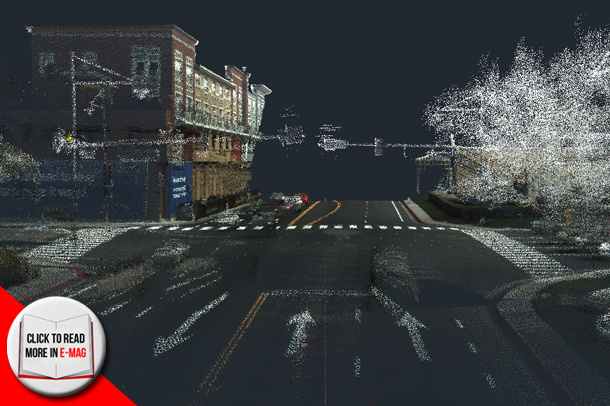Autodesk: Revolutionizing the construction industry one software at a time
By: Jesse Champagne
Founded in 1982, Autodesk Inc. is a leader in 3D design, engineering and entertainment software. Customers across multiple industries, including manufacturing, architecture, engineering & construction (AEC), and media and entertainment, all use Autodesk software to help breathe life to their visions and dreams. Whether it is building a hospital, creating visual effects for a Hollywood blockbuster, or designing the newest highway for a major city, Autodesk’s 3D software is at the forefront of conception and execution. When a creative touch is required, for professional industries, hobbyists and students alike, Autodesk produces state-of-the-art 3D software for the global market.
We recently had a phone conversation with Matt Wheelis, the Senior Industry Manager for Construction & Project Delivery. In this role, Matt leads industry strategy for construction and project collaboration across building, heavy and industrial construction at Autodesk. A veteran of the construction software industry, Matt started out in the field and has led development of cloud, mobile and BIM solutions for all phases of the project lifecycle. With a BA in Accounting and Masters in Civil Engineering, Matt takes a perspective that combines business and technical construction management expertise.
We asked Matt how Autodesk maintained its high standards and remained a leader in a highly competitive industry. His answer was almost identical to that of other successful businessmen of this day and age: You must capitalize on the changing technology.
“How we maintain our standards to remain a leader is that we’re constantly reinventing ourselves to prepare for the future. Our senior leaders are visionaries that are committed to excellence in product and committed to excellence in services and communicate a clear vision as to where things are going. For example, we’ve introduced a number of valuable services in the cloud as complements to the desktop recently. We’re even doing things like rethinking business models for the software and including offerings such as rentals of software that reduce the upfront capital costs for someone to start using a new process.” Unlike some areas of the world, in Canada “risk-taking is rewarded.”
“[Canada] is an environment where business opportunities are pursued by leaders. We are seeing customers in Canada using new products right away with great results… I talked to a couple customers who are doing some fantastic work up in Canada… By way of example, one customer told me that by using Autodesk ReCap, they are getting so much more data brought back from the field into the models than before… Prior to this technology they could not handle the volume of data.”
Tasked with leading a major part of the company into the future, Mr. Wheelis expects new technology to continue to play a pivotal role.
“The kind of thing you should expect in the future is more and more use of technology in the field. Over 90% of project costs are expended in construction, so that’s the place where customers are able to save money and time on projects… Integration is probably the biggest [idea]. Integrating not only is design information but also integrating time information and cost information for a very complete model across the project.” One such project where new technology has already proved highly effective is the new Winnipeg Museum of Human Rights, built by Autodesk construction customer PCL Constructors.
“It’s a very organic design, [it’s] very difficult to understand. They used the products in our Autodesk Building Design Suite to be able to model curved concrete walls and create the formwork designs for these walls that were not only curved but also sloped. So they were modeled in all three dimensions and they were able to use simulation software to analyze the formwork pressures for those walls in ways they could never have accomplished in a 2D design world.” Matt continued, “We really try to provide a suite that gives the general contractor everything they need for complex buildings.”
Not content with only focusing on construction, another “major area” for the company is manufacturing. “We have a whole suite of products for manufacturing, ranging from design and products to product life cycle management in the cloud. We also have a division that focuses on media and entertainment. The last 17 Academy Awards for special effects were earned by people using our software.”
With so many proverbial fingers in so many proverbial pies, just how big is the construction industry for Autodesk?’
“It is a significant industry for us. It’s certainly an area that is growing faster than many other parts of the company and we’re investing heavily and expect great things from ourselves in construction… We see building construction, infrastructure construction, [and] industrial construction as major growth opportunities for Autodesk, not only as the world needs to increase its construction output to meet its demands, but [also because] there is a shift in application of technology that we are excited to be a part of,” says Matt.
As technology continues to grow at an accelerated rate, Matt is confident that Autodesk will continue to create state-of-the-art 3D software for people of all walks of life and in every market around the world. Originally only available to big businesses such as movie studios, automakers, and architectural firms, Autodesk is making this technology available to anyone, including a remarkable program to provide software to students free-of-charge.
No matter if you’re a young, inexperienced teenager looking to build a new invention or a team of trained professionals, Autodesk welcomes all creators.







